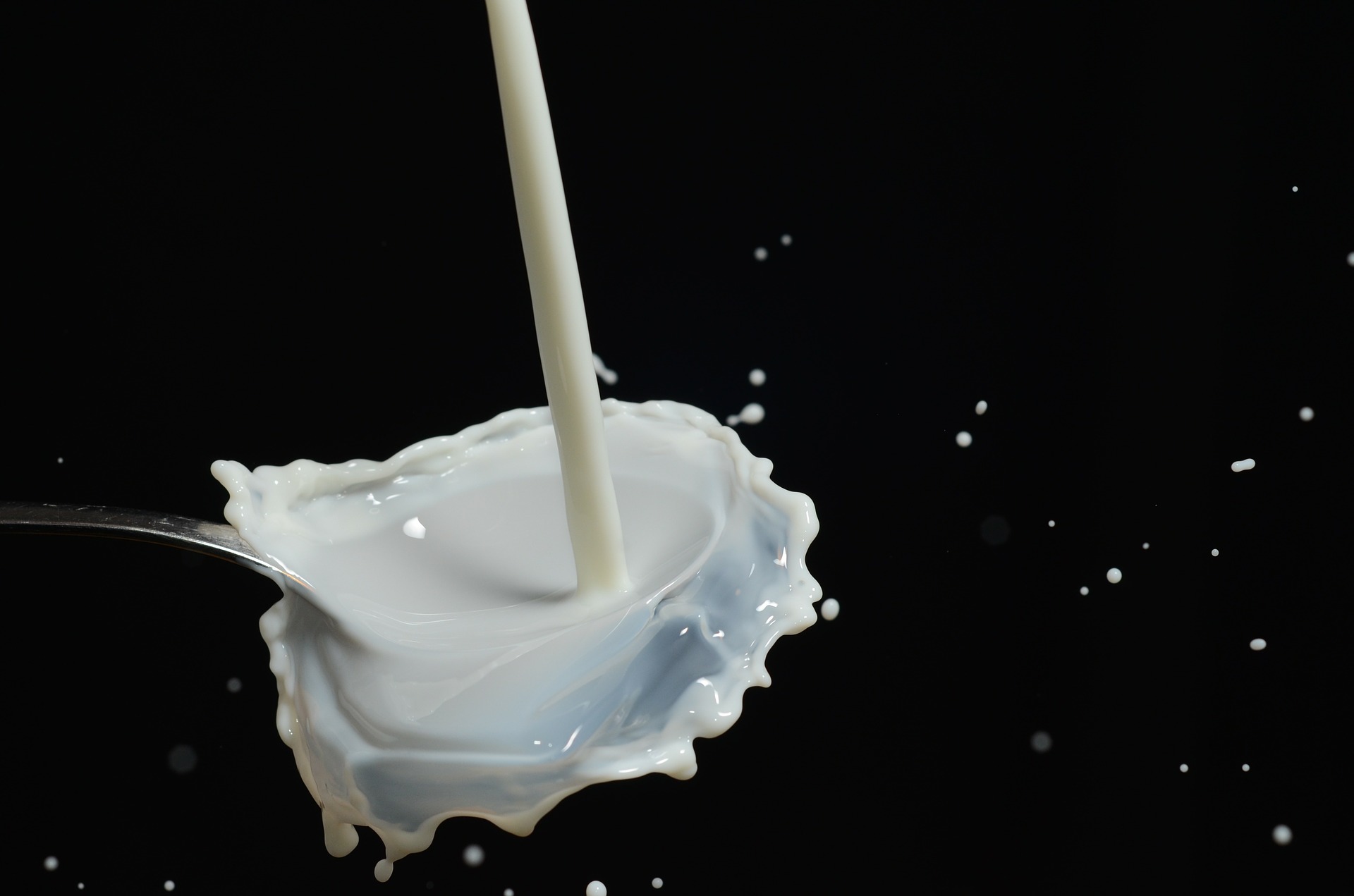One of the best memories from my childhood is about my summer trips to the little village in Ural Mountains. We would spend our days swimming in the lake, and in the evenings we would take a walk to the old fisherman’s house to pick up a jar of warm raw milk. We’d bring it home and drink with a piece of a freshly baked bread. I guess, I should proudly wear a t-shirt with the sign “I survived raw milk!” because according to Canadian Food and Drug Regulations, raw milk also known as” normal lacteal secretion obtained from the mammary gland of the cow” (holy cow!) is absolutely evil.
For some reason our regulators (in contrast to the majority of Europeans, who actually allow their citizens to make decision on the matter without government official involvement) feel that they need to make decision about choosing between raw and pasteurized milk for us. Which of course makes the citizens of Canada willing to screw the system by either participating in so-called dairy cow shares or by smuggling raw milk products, eg cheese (not aged for 60 days according to Canadian standards) from Europe.
Interestingly, this website provides the updates for 2010 on outbreaks of food borne illness in Europe where raw milk and raw milk products can be easily accessed (except Scotland) – if you look at the updates you’ll find that the causes of outbreaks include shellfish, steak tartar, eggs, fish, oysters, baby formula (!) and only one case of poisoning by cheese from Austria. So how come we can still freely access oysters, steak tartar and mussels? .
I also looked at US information (where it is possible to purchase raw milk or obtain it from your own animal/herd (herd shares) in 39 out of 50 states) – From 1998 to 2008, 85 outbreaks of human infections resulting from consumption of raw milk were reported to CDC. These outbreaks included a total of 1,614 reported illnesses, 187 hospitalizations and 2 deaths.
And this is US information on foodborne diseases for 2006 (only): a total of 1,270 FBDOs were reported, resulting in 27,634 cases and 11 deaths. Among the 624 FBDOs with a confirmed etiology, norovirus was the most common cause, accounting for 54% of outbreaks and 11,879 cases, followed by Salmonella (18% of outbreaks and 3,252 cases). Among the 11 reported deaths, 10 were attributed to bacterial etiologies (six Escherichia coli O157:H7, two Listeria monocytogenes, one Salmonella serotype Enteritidis, and one Clostridium botulinum), and one was attributed to a chemical (mushroom toxin). Among outbreaks caused by a single food vehicle, the most common food commodities to which outbreak-related cases were attributed were poultry (21%), leafy vegetables (17%), and fruits/nuts(16%).
This article was previously posted on La Voyageur: http://jenyaz.blogspot.com/
Resources:
http://www.cdc.gov/mmwr/preview/mmwrhtml/mm5822a1.htm
http://www.fda.gov/NewsEvents/Newsroom/PressAnnouncements/ucm206311.htm
http://www.realmilk.com/happening.html http://en.wikipedia.org/wiki/Raw_milk
Taras Grescoe, The Devil’s Picnic (chapter Epoisses)
Black Market for Raw Milk Growing in Canada (CTV NEWS)
Raw Milk Cow Shares Ruled Legal: Michael Schmidt’s Case
Similar Stories:
- Health and Environmental Hazards of GMOs: An Annotated Bibliography.
- Five Myths About Food Safety and Home Gardens
- Why FDA Should Ban Artificial Growth Hormone rBST in Dairy Cows
- Raw Milk Movement
- What To Do When The Milk Turns Sour




